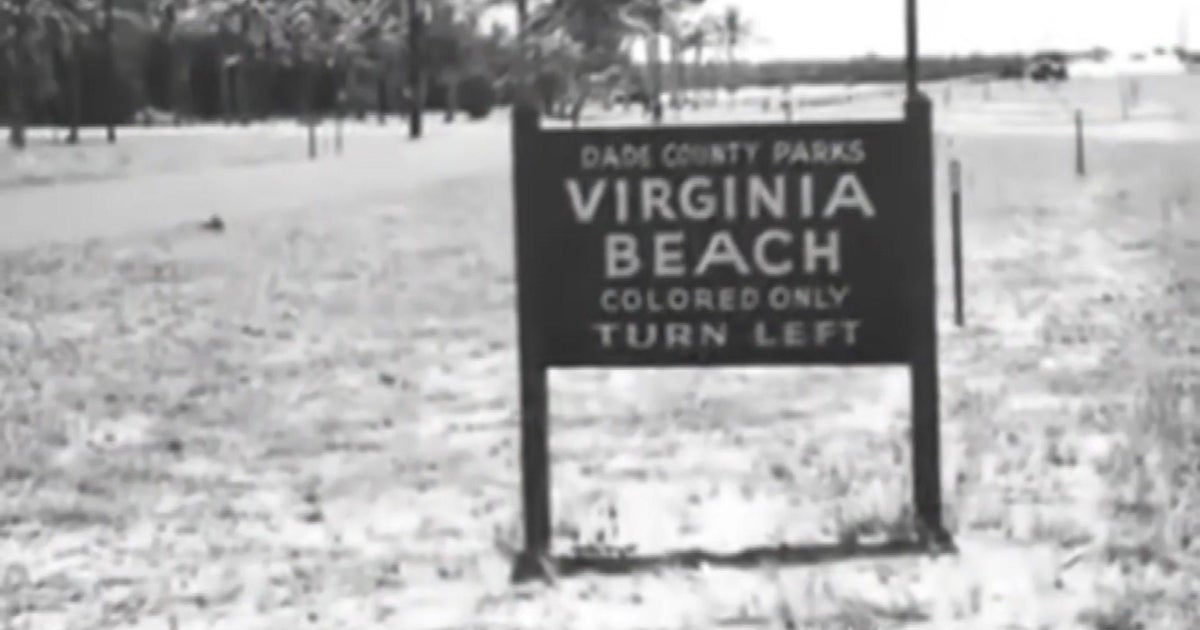Miami Proud: “Football Unites” program preserves the legacy of Virginia Key Beach
MIAMI – Virginia Key Beach has a storied history.
Now a program is making “Miami Proud” and ensuring the community never forgets its rich history.
Football Unites recently hosted a cultural tour to educate different groups, like the Dan Marino Foundation, Special Olympics, and the Boys and Girls Club about the historical significance of Virginia Key Beach.
During a time when whites and blacks lived very much separate lives, during segregation, Virginia Key Beach was a place for Black people to congregate without fear.
The tour was a chance to showcase that.
“For many people not to know about this and know about their cultural background is almost saddening,” said Alonzo Herring with Football Unites.
That is why the Miami Dolphins Football Unites program hosted this cultural tour to teach about the beach’s historical significance.
“Sometimes we forget and we just let it go into oblivion, so it’s important that we resuscitate the idea that our space should be preserved,” said Neil Hall, the Executive Director of Virginia Key Beach Park.
It’s no secret that Black people had to fight for their rights in Miami. Several Black men protested at Haulover Beach which was only for white people back in the early 1900s. The “wade in” served as a catalyst for Virginia Key to be designated as a colored only beach.
“I think it’s important to know the legacy that came before them so that they can continue to leave our legacy and stand on the shoulders of giants that came before them,” said Regina Silas with the JBS Foundation Inc.
At a time when Florida is battling many challenges to Black history as a whole, programs like this are working to preserve it.
“We’re going to be teaching our history forever, whether or not you wish to acknowledge it is your business,” said Hall.
Virginia Key Beach was closed in 1982 due to high costs. It was reinstated as a beach park and received historical designation in 2002. After years of people fighting to protect its significance, it reopened in 2008.
“I feel as if, with as many people that can learn about it, the better,” said Herring.

/cloudfront-us-east-1.images.arcpublishing.com/gray/3URLRO56KRCWRBMPEKOL7A2BT4.png)

